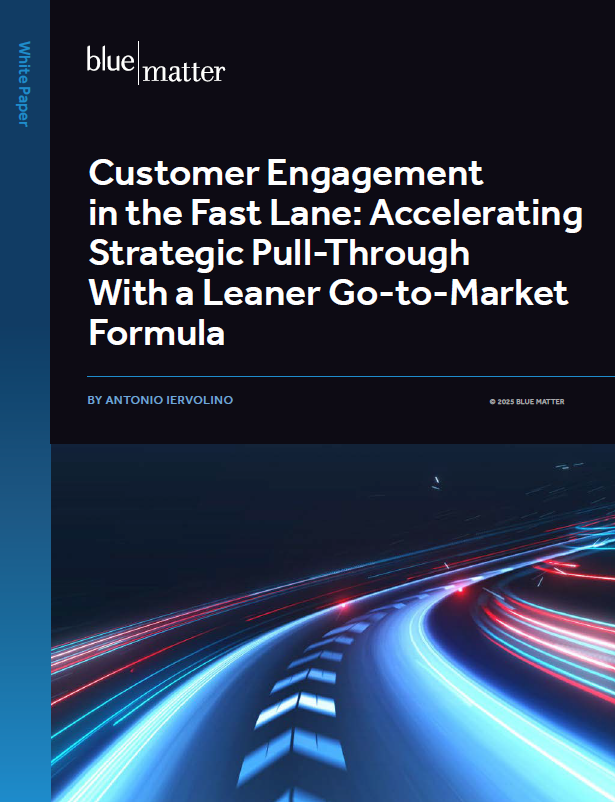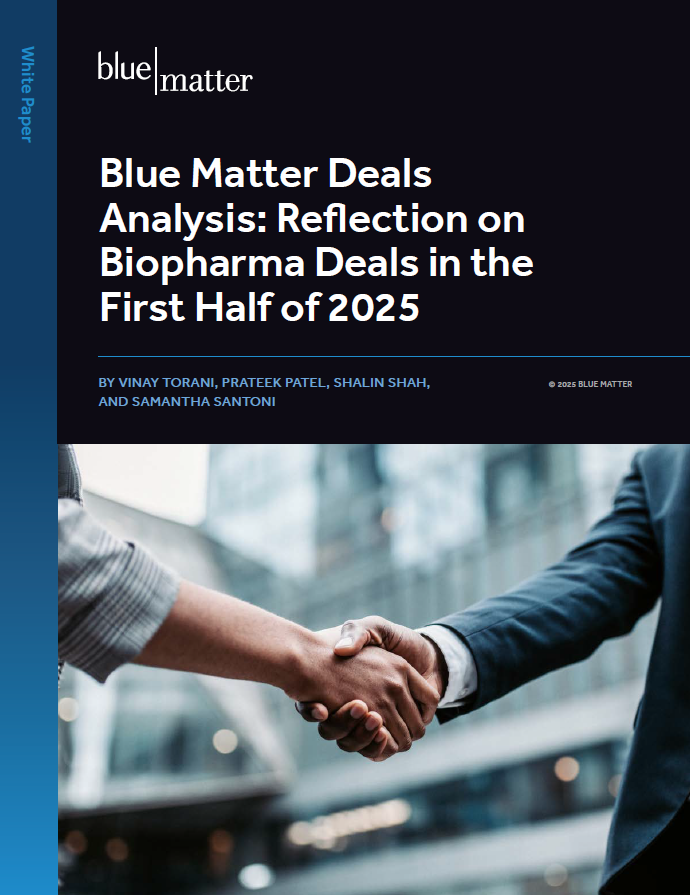
A range of factors are boosting the complexity of biopharmaceutical supply chains and making it increasingly difficult for manufacturers to maintain a steady, reliable supply of therapies. Over the past couple of months, we’ve been publishing this series of articles to explore the situation and hopefully to provide some guidance that manufacturers can use to overcome their supply chain challenges.
In part 1, we introduced the economic and regulatory factors that are driving the current challenging supply chain environment. In part 2, we began to explore potential solutions, focusing on “upstream” supply chain strategies that manufacturers can potentially use to manage complexity. Upstream strategies are those that relate to the manufacturing and packaging steps in the value chain.
In this third and final installment, we discuss some high-level “downstream” strategies. Here, “downstream” refers to all that happens with a packed and labeled product until delivery at the point of dispense. The strategies we outline below do not comprise an exhaustive list. However, they do provide a solid starting point for enhancing supply chain security while also helping to mitigate costs and risks.
Read the full article on the AIM blog here.





